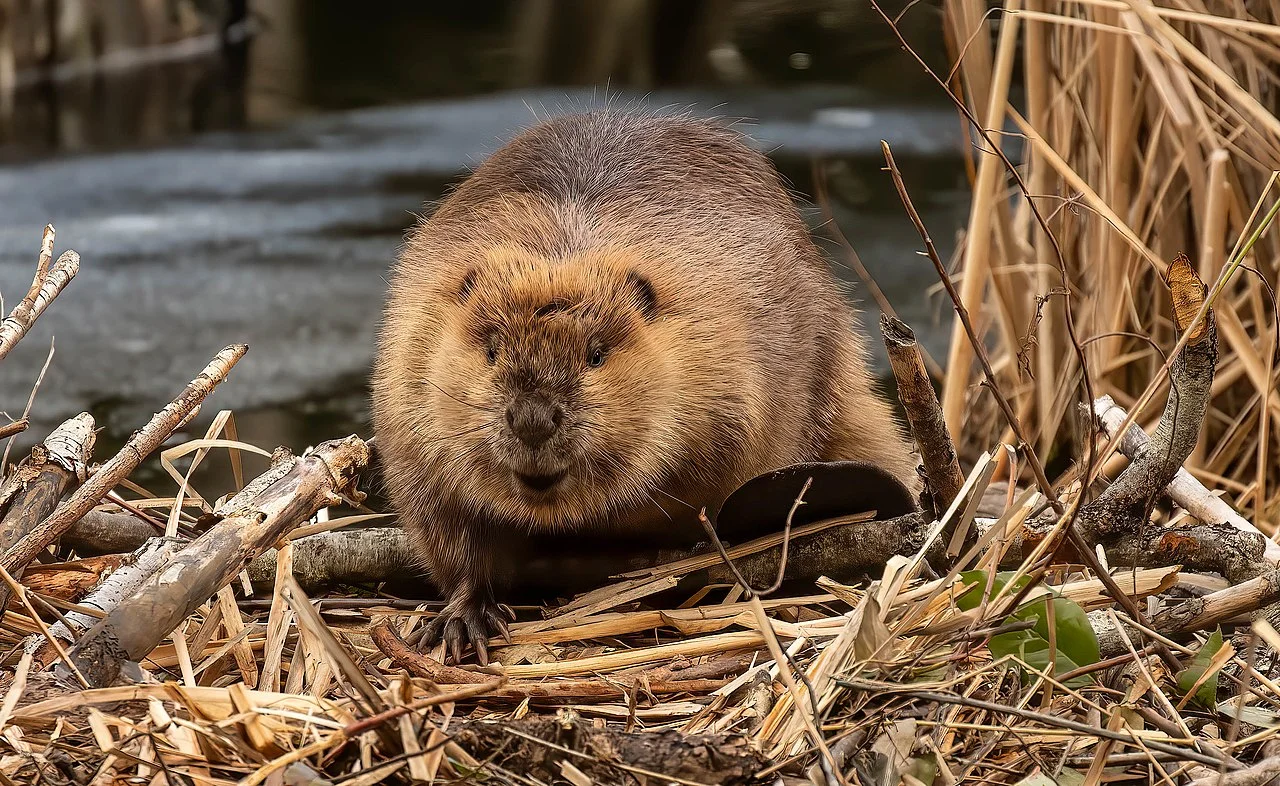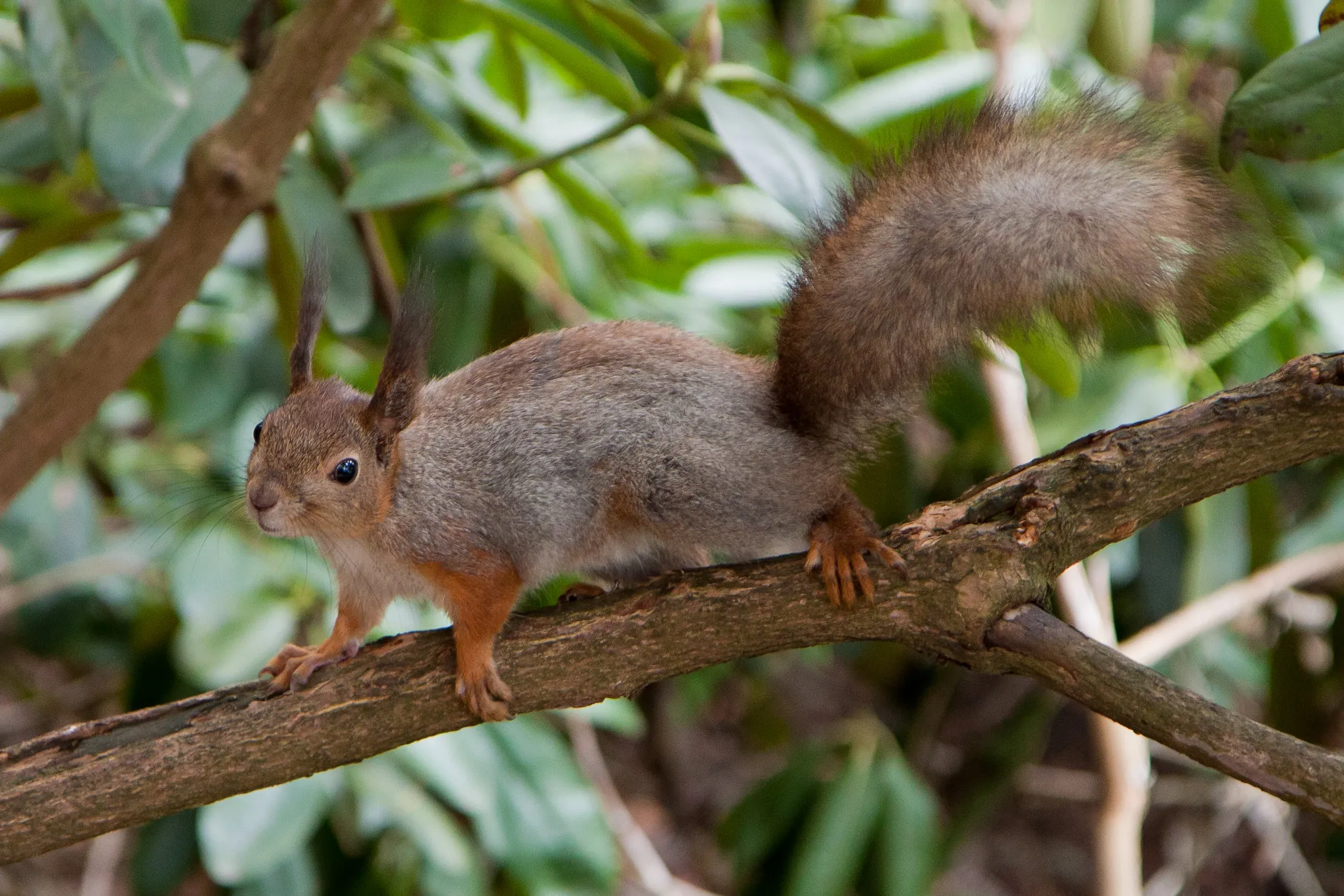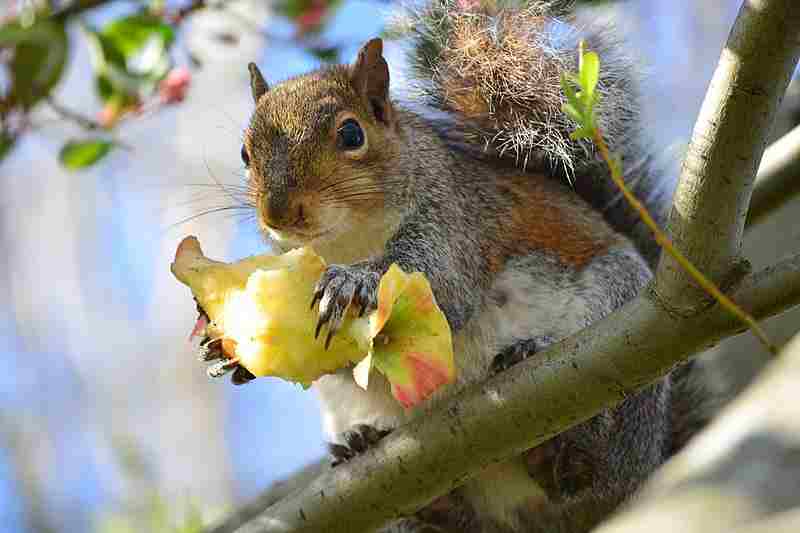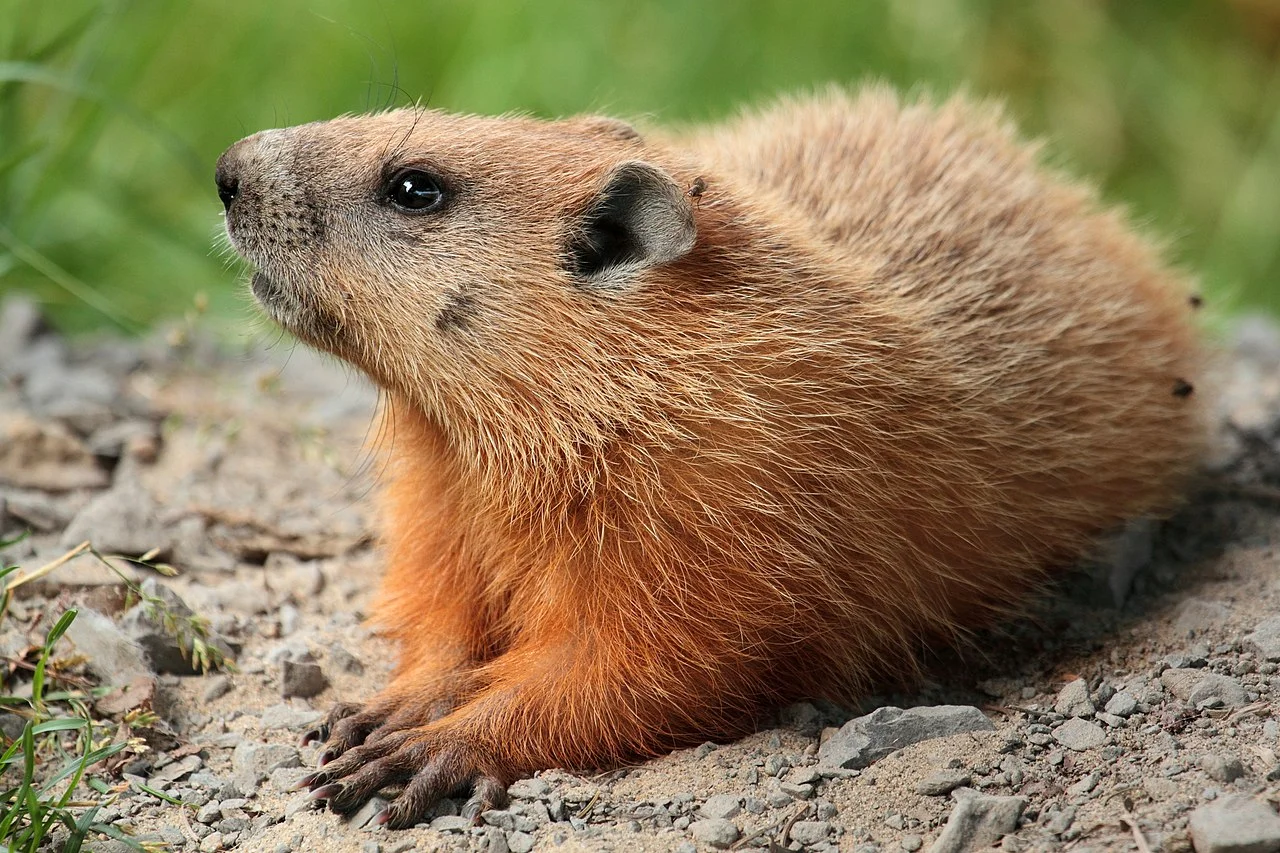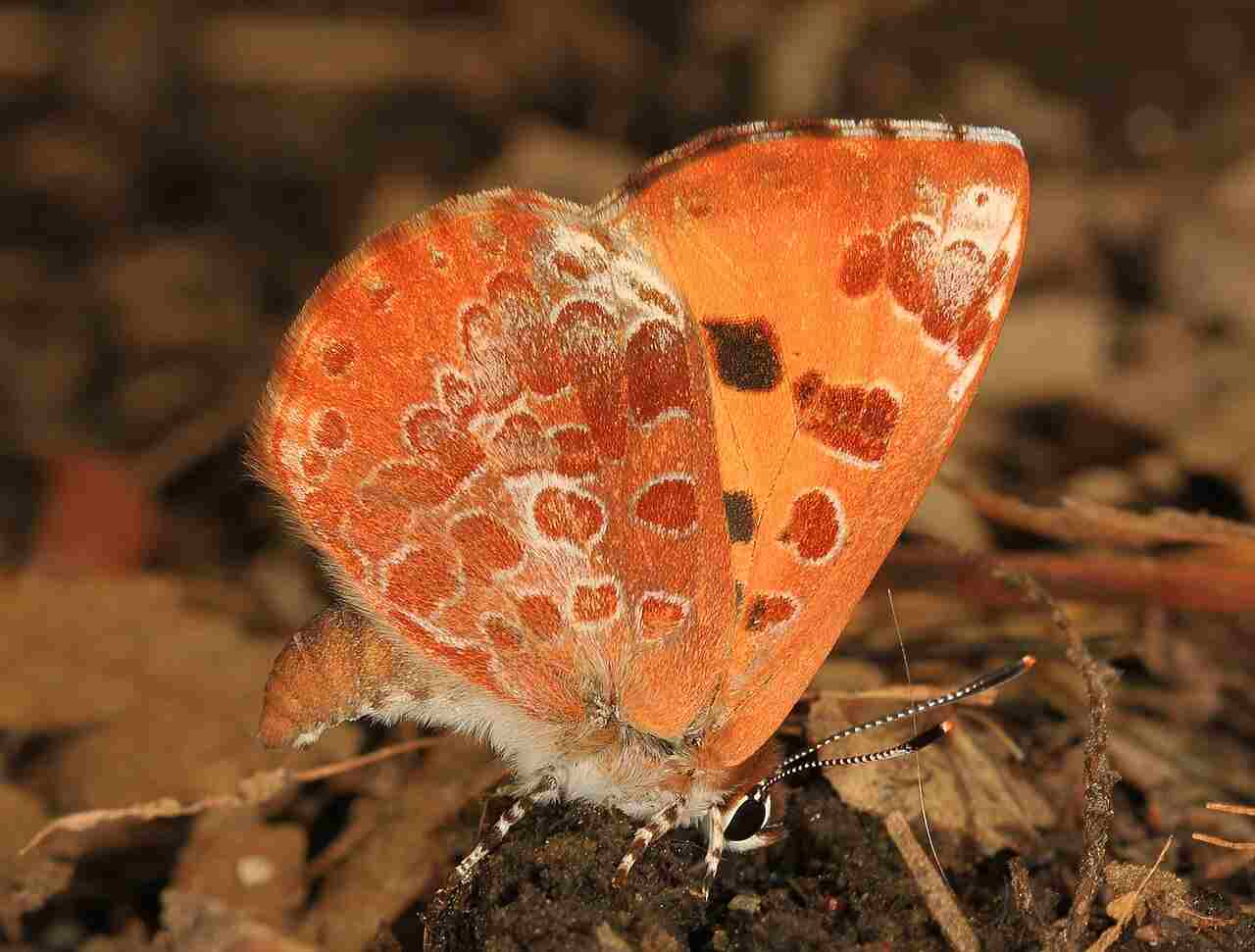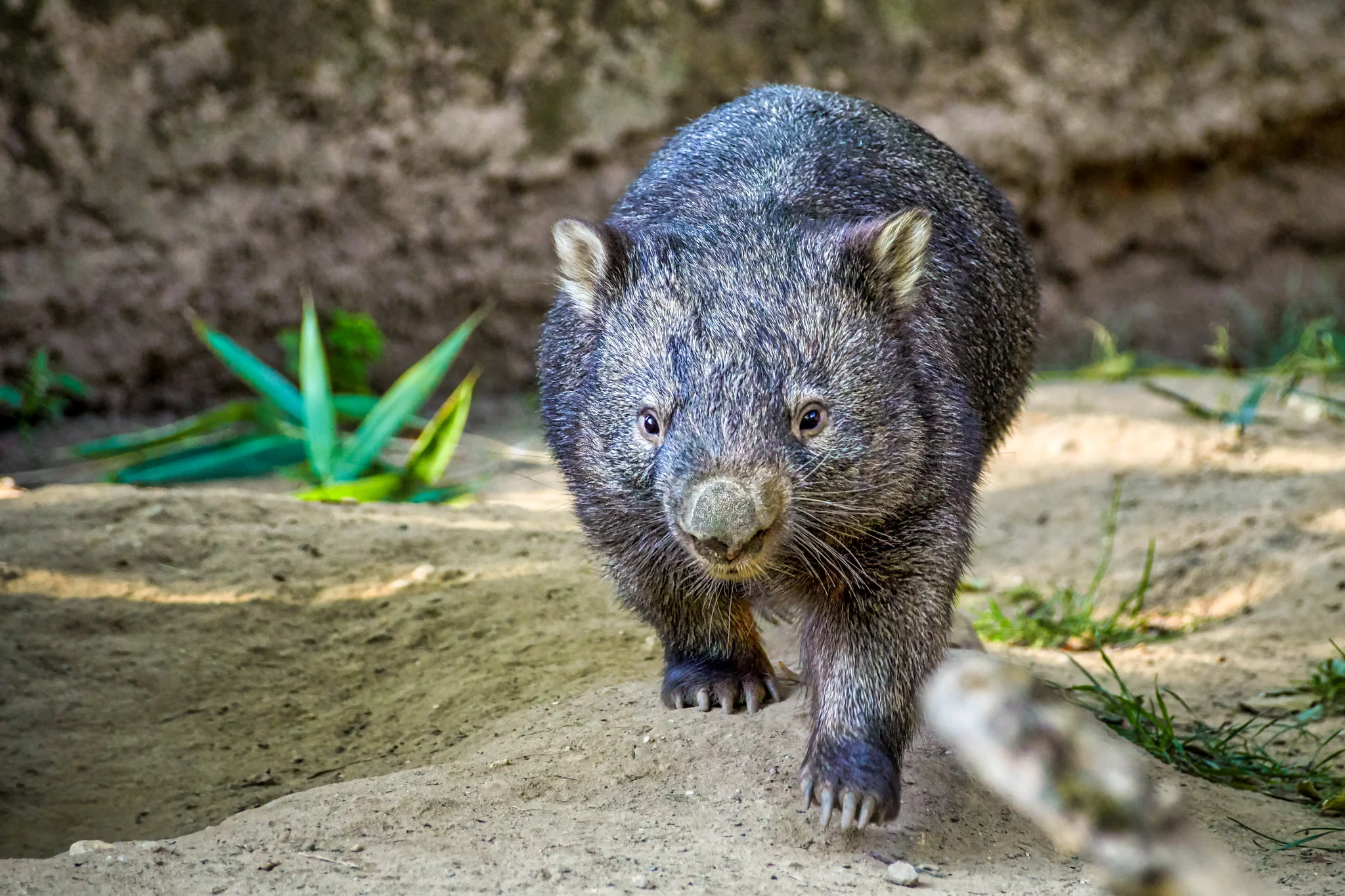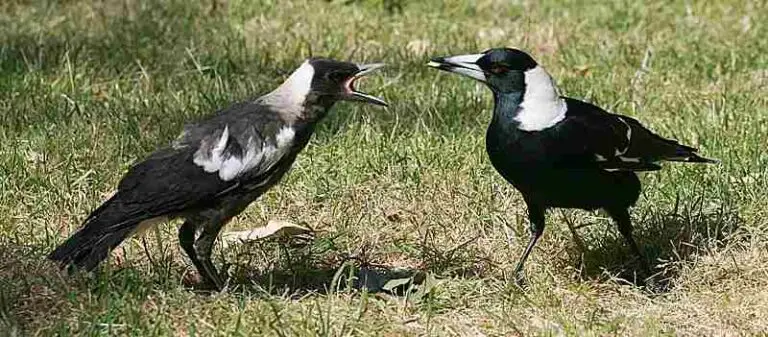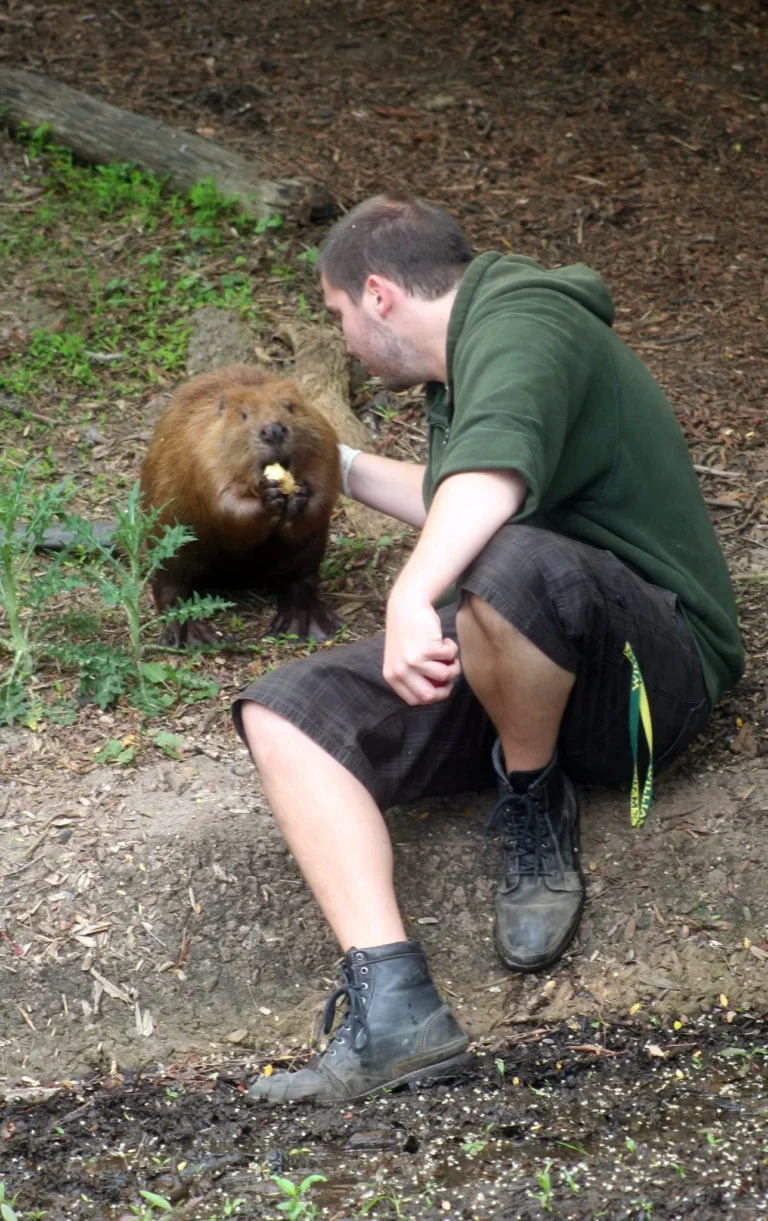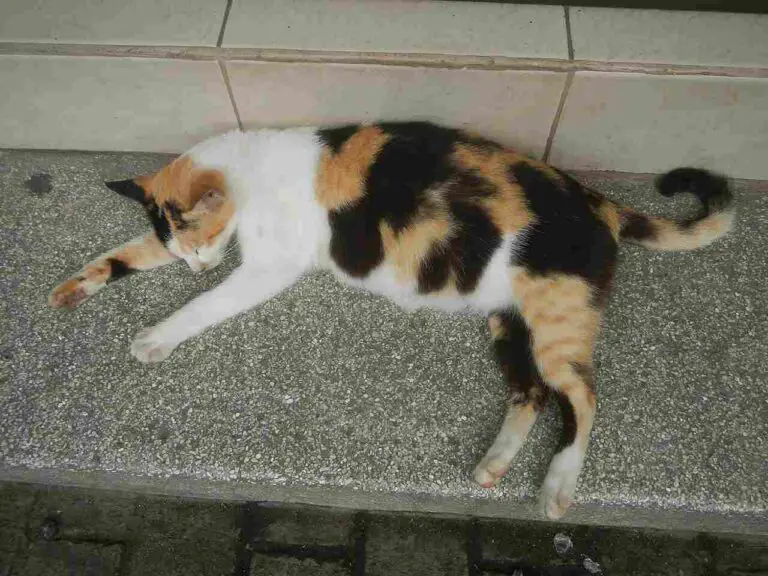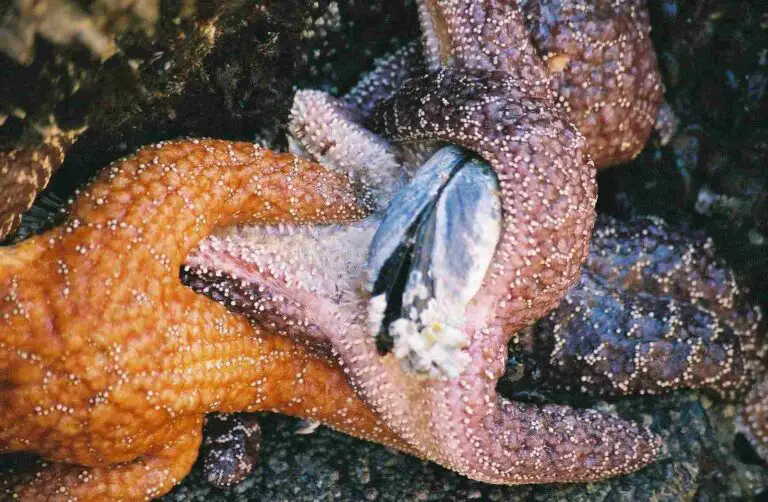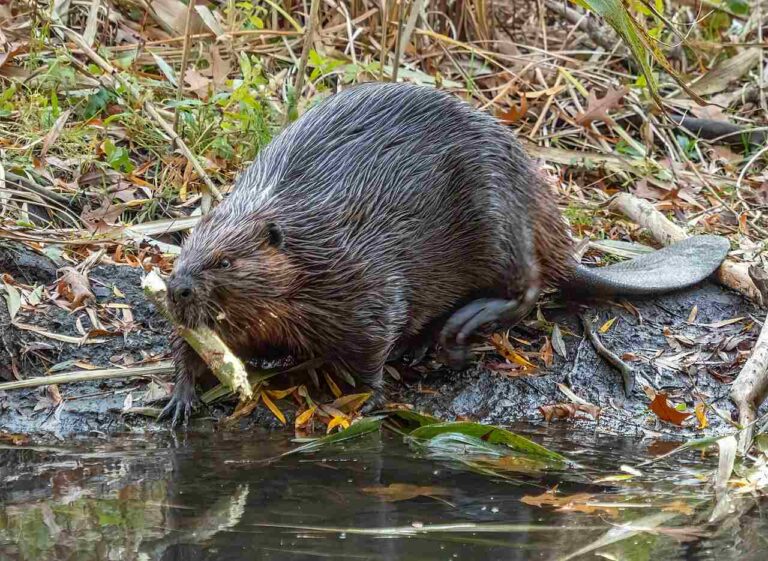11+ Primary Consumers in the Amazon Rainforest Discussed
Primary consumers in the Amazon rainforest are essential components of the ecosystem, playing crucial roles in regulating plant populations, nutrient cycling, and seed dispersal. They include capybaras, deer, macaws, agoutis, butterflies, grasshoppers, toucans, sloths, tapirs, peccaries, green iguanas, and squirrels. These diverse species contribute to the intricate food web of the rainforest, serving as prey for predators and interacting with humans through activities such as ecotourism and traditional practices. Conservation efforts aim to protect these primary consumers and their habitats from threats such as habitat loss, hunting, and climate change.
1. Capybara
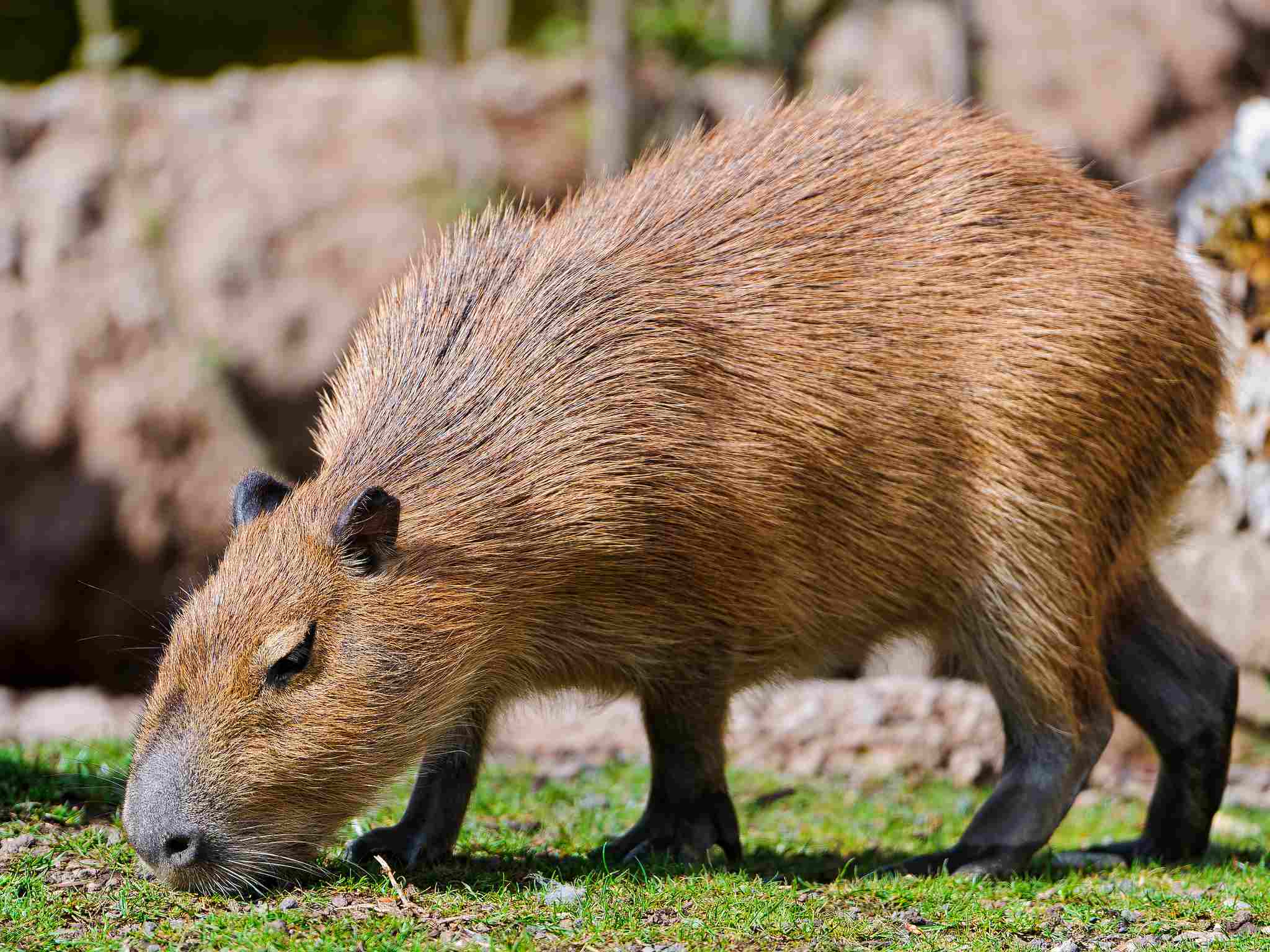
Capybaras (Hydrochoerus hydrochaeris) are the largest rodents in the world, native to South America, including the Amazon rainforest. They are primarily herbivores, feeding on a variety of vegetation such as grasses, aquatic plants, fruits, and tree bark. As primary consumers, capybaras play a crucial role in the rainforest ecosystem by regulating plant populations through their feeding habits.
Habitat and Behavior: Capybaras are semi-aquatic creatures, often found near bodies of water such as rivers, streams, and marshes. They are excellent swimmers and spend a significant amount of time in the water, which helps them escape from predators and regulate their body temperature. Capybaras are social animals, typically living in groups of 10 to 20 individuals, although larger groups can form in areas with abundant resources.
Diet: Their herbivorous diet consists mainly of grasses and aquatic plants, supplemented with fruits, vegetables, and tree bark. Capybaras are known to graze extensively, feeding on a variety of plant species throughout the day. Their efficient digestion system allows them to extract nutrients from tough, fibrous plant material.
Role in the Ecosystem: As primary consumers, capybaras influence plant populations by grazing on vegetation, which can impact the structure and composition of the rainforest. By consuming large quantities of plant material, they help maintain plant diversity and prevent the dominance of any single plant species. Additionally, capybaras serve as prey for a variety of predators, including jaguars, anacondas, and caimans, contributing to the intricate food web of the Amazon rainforest.
2. Deer
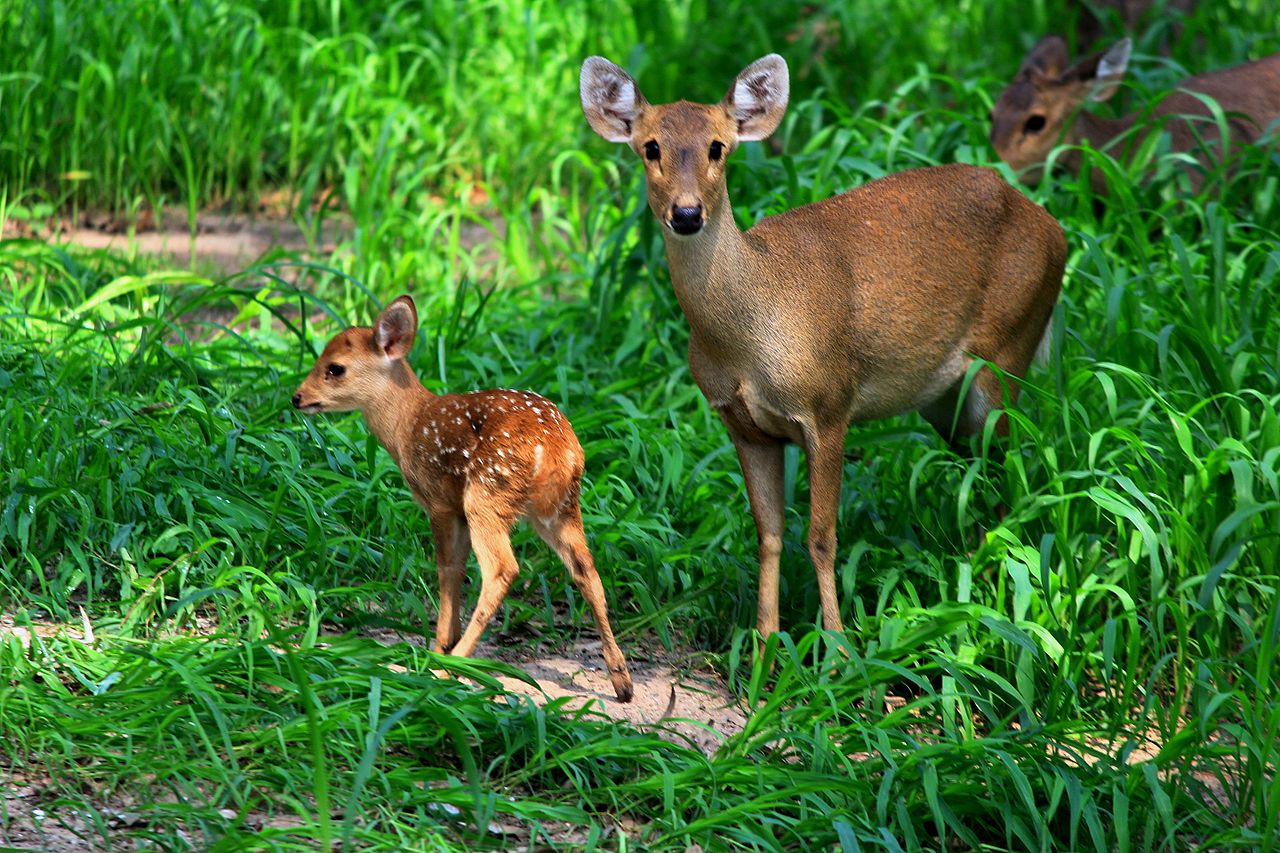
Habitat and Behavior: Deer are common herbivores found throughout various ecosystems, including the Amazon rainforest. While they are more commonly associated with temperate forests, some species, such as the red brocket deer, inhabit the dense vegetation of the Amazon. Deer are adaptable creatures and can thrive in a variety of habitats within the rainforest, including both primary and secondary forests. They are often found near water sources and open areas where they can graze on vegetation.
Diet: Deer are selective herbivores, feeding on a diverse array of plant species including leaves, shoots, fruits, and twigs. In the Amazon rainforest, they consume a variety of plants such as shrubs, vines, and grasses. Their diet may vary seasonally based on the availability of different plant species. Deer play a role in shaping the vegetation structure of the rainforest by influencing plant growth through browsing and grazing.
Role in the Ecosystem: As primary consumers, deer contribute to the energy flow within the ecosystem by converting plant material into biomass. They help regulate plant populations and maintain biodiversity by selectively feeding on different plant species. Additionally, deer serve as prey for carnivores such as jaguars, pumas, and anacondas, playing a vital role in the predator-prey dynamics of the rainforest.
3. Macaw
Habitat and Behavior: Macaws are colorful parrots native to the Amazon rainforest and other parts of Central and South America. They inhabit various forest types, including lowland rainforests and flooded forests along rivers. Macaws are highly social birds and are often found in large flocks, particularly during the breeding season. They are known for their loud calls and distinctive plumage, which serve both social and ecological functions.
Diet: Macaws are primarily herbivores, feeding on a diet consisting mainly of fruits, nuts, seeds, and berries. They play a crucial role in seed dispersal within the rainforest ecosystem by consuming fruits and then dispersing seeds over large distances through their droppings. This helps in the regeneration of forest vegetation and contributes to the overall health of the ecosystem.
Role in the Ecosystem: As primary consumers, macaws contribute to the nutrient cycling and regeneration of the rainforest through their feeding and seed dispersal activities. They help maintain the diversity of plant species by dispersing seeds of various trees and plants. Additionally, macaws are important indicators of forest health, as their presence and abundance reflect the availability of suitable habitat and food resources within the ecosystem.
4. Agouti
Habitat and Behavior: Agoutis are small to medium-sized rodents found in the Amazon rainforest and other tropical regions of Central and South America. They are typically solitary animals and are primarily active during the day. Agoutis are well adapted to life on the forest floor, with strong hind legs for running and digging, and sharp claws for foraging.
Diet: Agoutis are herbivores, feeding on a variety of plant material including fruits, seeds, nuts, roots, and tubers. They play a crucial role in seed dispersal within the rainforest ecosystem by caching and burying seeds in the soil. Some seeds are forgotten and left to germinate, contributing to the regeneration of forest vegetation.
Role in the Ecosystem: As primary consumers, agoutis influence the distribution and abundance of plant species through their feeding and seed dispersal activities. They help maintain the diversity of plant communities by dispersing seeds of various trees and plants. Additionally, agoutis are an important food source for a variety of predators, including large birds of prey, wild cats, and snakes, contributing to the intricate food web of the Amazon rainforest.
5. Butterfly
Habitat and Behavior: Butterflies are abundant in the Amazon rainforest, occupying various habitats from the forest floor to the canopy. They are highly adapted to their environment, with different species occupying different niches within the ecosystem. Butterflies are primarily diurnal, meaning they are active during the day, and they can often be seen flitting among flowers in search of nectar or basking in the sunlight to warm their bodies.
Diet: As primary consumers, butterfly larvae (caterpillars) feed on a variety of plant material, including leaves, stems, and flowers. They are often specialized feeders, with different species preferring specific host plants. Adult butterflies, on the other hand, primarily feed on nectar from flowers, although some species may also consume other plant fluids, minerals from soil, or even rotting fruit.
Role in the Ecosystem: Butterflies play multiple roles in the Amazon rainforest ecosystem. As herbivorous larvae, they contribute to nutrient cycling and plant decomposition through their feeding activities. Additionally, butterflies are important pollinators, transferring pollen between flowers as they feed on nectar. This pollination process is essential for the reproduction of many plant species, including those that are economically valuable. Butterflies also serve as food for various predators, including birds, spiders, and insects, contributing to the complex food web of the rainforest.
6. Grasshopper
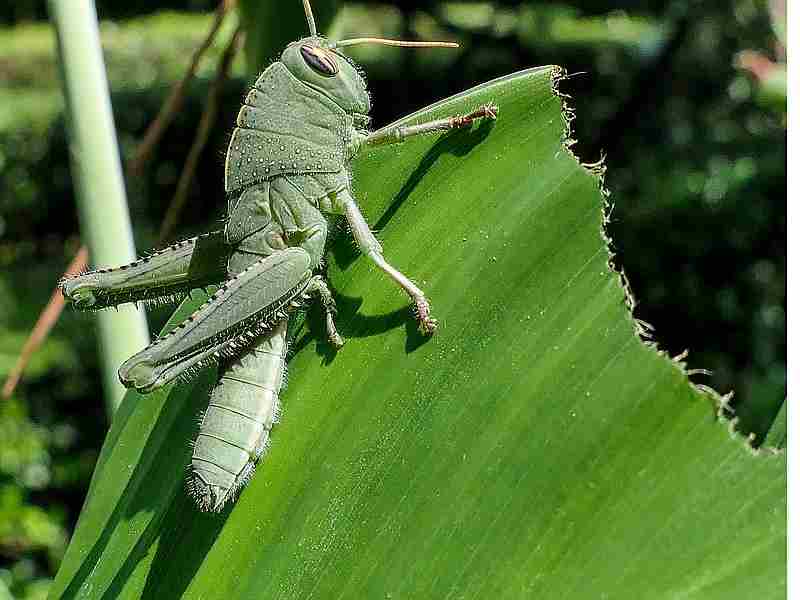
Habitat and Behavior: Grasshoppers are common herbivorous insects found in the Amazon rainforest and other ecosystems worldwide. They inhabit a variety of habitats within the rainforest, including grassy clearings, forest edges, and open areas. Grasshoppers are well adapted to life on land, with powerful hind legs for jumping and wings for short-distance flight.
Diet: As primary consumers, grasshoppers feed on a wide range of plant material, including grasses, leaves, flowers, and shrubs. They are voracious feeders and can consume large quantities of vegetation relative to their body size. Grasshoppers play a role in shaping plant communities by selectively feeding on certain plant species, which can influence the distribution and abundance of vegetation within the rainforest.
Role in the Ecosystem: Grasshoppers contribute to nutrient cycling within the rainforest ecosystem through their feeding activities. As herbivores, they consume plant material and break it down into smaller particles, which can be decomposed by microorganisms and recycled back into the soil. Grasshoppers also serve as food for a variety of predators, including birds, reptiles, and mammals, contributing to the flow of energy and nutrients through the food web.
7. Toucan
Habitat and Behavior: Toucans are iconic birds of the Amazon rainforest known for their colorful plumage and distinctive large bills. They inhabit various forest types, including lowland rainforests and montane forests, and are often found in the canopy layer. Toucans are highly social birds and are typically seen in small groups or pairs, communicating through a variety of vocalizations.
Diet: As primary consumers, toucans have a varied diet consisting primarily of fruits, but they also consume insects, small reptiles, and eggs. Their large bills are adapted for plucking fruits from branches and capturing small prey. Toucans play a crucial role in seed dispersal within the rainforest ecosystem by consuming fruits and then dispersing seeds over large distances through their droppings.
Role in the Ecosystem: Toucans contribute to the health and diversity of the rainforest ecosystem through their feeding and seed dispersal activities. By consuming fruits, they help regulate plant populations and promote the regeneration of forest vegetation. Toucans also serve as prey for various predators, including birds of prey and large snakes, contributing to the intricate food web of the Amazon rainforest.
8. Sloth
Habitat and Behavior: Sloths are iconic inhabitants of the Amazon rainforest known for their slow-moving and arboreal lifestyle. They spend the majority of their time in trees, where they move slowly and deliberately, feeding on leaves, buds, and fruits. Sloths are well adapted to life in the canopy, with specialized adaptations such as long claws for grasping branches and a slow metabolism that allows them to conserve energy.
Diet: As primary consumers, sloths are folivores, primarily feeding on the leaves of a few select tree species. They have a specialized digestive system that allows them to extract nutrients from the tough, fibrous leaves that make up the bulk of their diet. Sloths have a low metabolic rate and digest food very slowly, which helps them maximize the nutritional value of their diet.
Role in the Ecosystem: Sloths play a crucial role in nutrient cycling within the rainforest ecosystem. By consuming leaves and other plant material, they contribute to the breakdown of organic matter and the recycling of nutrients back into the soil. Sloths also serve as hosts for a variety of organisms, including algae and insects, which can live in their fur and benefit from the nutrients present there. Additionally, sloths are important prey for predators such as jaguars, eagles, and large snakes, contributing to the flow of energy and nutrients through the food web.
9. Tapir
Habitat and Behavior: Tapirs are large, herbivorous mammals found in the Amazon rainforest and other tropical regions of Central and South America. They are primarily solitary animals and are often found near water sources such as rivers, streams, and marshes. Tapirs are excellent swimmers and are well adapted to life in the dense vegetation of the rainforest.
Diet: As primary consumers, tapirs are browsers, feeding on a variety of vegetation including leaves, fruits, and aquatic plants. They have a flexible diet and will consume whatever plant material is available, depending on the season and habitat. Tapirs play a role in shaping the structure of the rainforest by selectively feeding on different plant species.
Role in the Ecosystem: Tapirs contribute to the dispersal of seeds within the rainforest ecosystem through their feeding activities. They consume fruits and other plant material and then disperse seeds over large distances through their droppings. This helps in the regeneration of forest vegetation and contributes to the overall health of the ecosystem. Additionally, tapirs are an important food source for predators such as jaguars, pumas, and anacondas, contributing to the complex food web of the Amazon rainforest.
10. Peccary
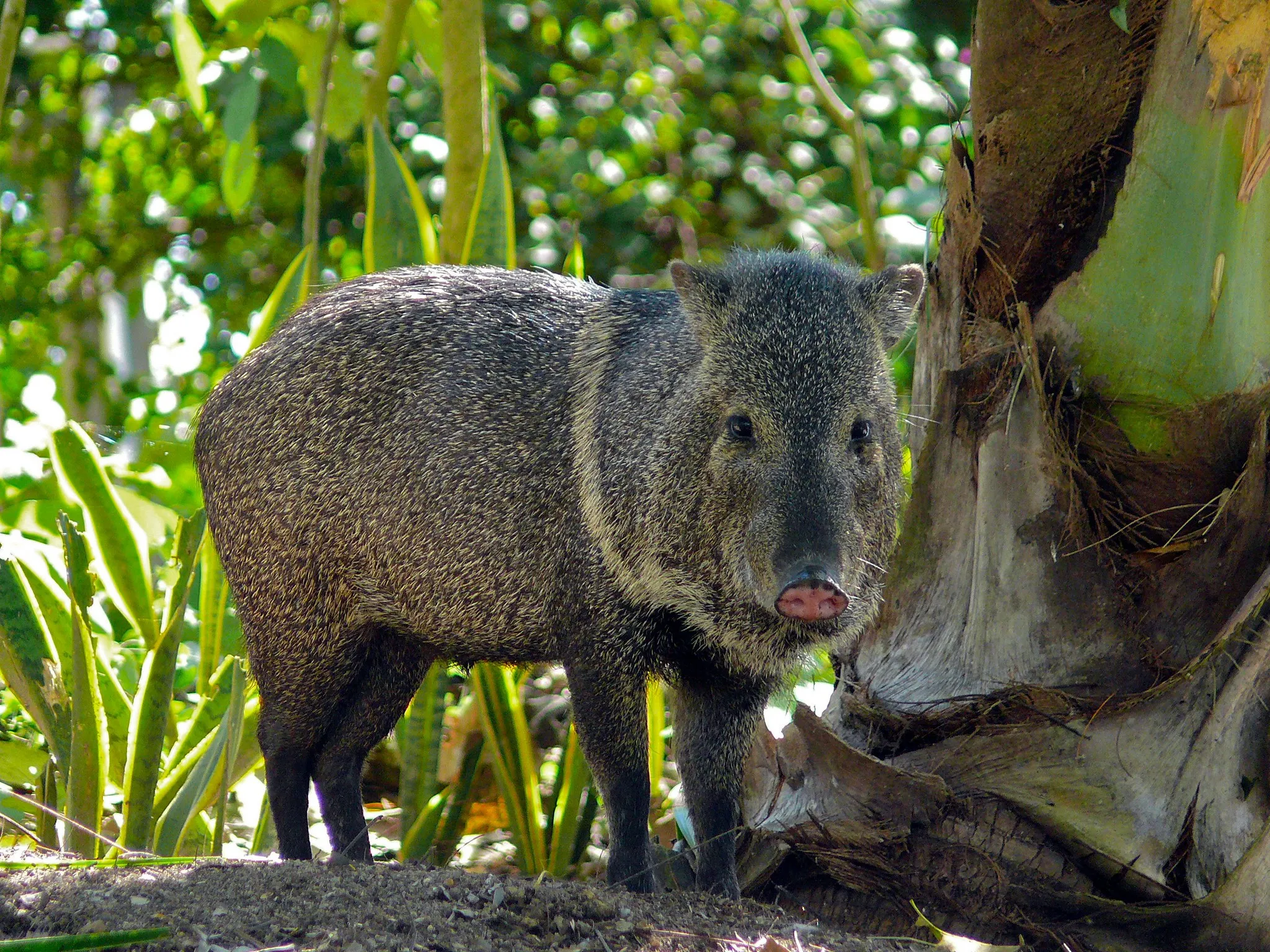
Habitat and Behavior: Peccaries, also known as javelinas or wild pigs, are medium-sized ungulates found in the Amazon rainforest and other habitats in Central and South America. They are social animals, often living in herds of up to 20 individuals, although larger groups may form in areas with abundant resources. Peccaries are primarily diurnal, meaning they are active during the day, and are well adapted to life in dense vegetation.
Diet: As primary consumers, peccaries are omnivores, feeding on a variety of plant material, including fruits, roots, bulbs, and vegetation. They also consume insects, small vertebrates, and carrion when available. Peccaries play a role in shaping plant communities by selectively feeding on different plant species, which can influence the distribution and abundance of vegetation within the rainforest.
Role in the Ecosystem: Peccaries contribute to nutrient cycling within the rainforest ecosystem through their feeding activities. They consume a variety of plant material and help break down organic matter, which is then decomposed by microorganisms and recycled back into the soil. Peccaries also serve as prey for a variety of predators, including jaguars, pumas, and large birds of prey, contributing to the flow of energy and nutrients through the food web.
11. Green Iguana
Habitat and Behavior: Green iguanas are large, arboreal lizards native to the Amazon rainforest and other parts of Central and South America. They are primarily herbivorous, although they may occasionally consume insects and other small animals. Green iguanas are highly adaptable and can be found in a variety of habitats within the rainforest, including lowland forests, riverbanks, and forest edges.
Diet: As primary consumers, green iguanas are primarily herbivores, feeding on a variety of plant material including leaves, flowers, fruits, and shoots. They have specialized teeth for cutting and shredding vegetation, which they consume in large quantities to meet their nutritional needs. Green iguanas are known to be selective feeders, preferring certain plant species over others depending on availability and nutritional content.
Role in the Ecosystem: Green iguanas play a role in shaping plant communities within the rainforest ecosystem through their feeding activities. By consuming vegetation, they can influence the distribution and abundance of plant species, which in turn affects the structure of the forest. Additionally, green iguanas serve as prey for a variety of predators, including birds of prey, snakes, and mammals, contributing to the complex food web of the Amazon rainforest.
12. Squirrel
Habitat and Behavior: Squirrels are small to medium-sized rodents found in the Amazon rainforest and other ecosystems worldwide. They are highly adaptable and can be found in a variety of habitats within the rainforest, including both primary and secondary forests. Squirrels are arboreal animals, meaning they spend the majority of their time in trees, where they forage for food and build nests.
Diet: As primary consumers, squirrels are primarily herbivores, although some species may also consume insects and other small animals opportunistically. They feed on a variety of plant material including nuts, seeds, fruits, buds, and flowers. Squirrels are known to cache food for later consumption, which helps them survive during periods of food scarcity.
Role in the Ecosystem: Squirrels play a role in seed dispersal within the rainforest ecosystem through their feeding and caching activities. By consuming fruits and nuts and then burying them in the soil, squirrels help disperse seeds over large distances, which contributes to the regeneration of forest vegetation. Additionally, squirrels serve as prey for a variety of predators, including birds of prey, snakes, and mammals, contributing to the flow of energy and nutrients through the food web.
*Summary
-
Capybara:
-
Largest rodents in the world, herbivores.
-
Found near water sources, live in groups.
-
Diet includes grasses, fruits, and tree bark.
-
Role: Regulate plant populations, prey for predators.
-
-
Deer:
-
Herbivores found in various habitats.
-
Selective feeders, consume leaves, shoots, fruits.
-
Role: Regulate plant populations, prey for predators.
-
-
Macaw:
-
Colorful parrots, inhabit rainforest canopies.
-
Diet: Fruits, nuts, seeds.
-
Role: Seed dispersers, pollinators, prey for predators.
-
-
Agouti:
-
Small to medium-sized rodents.
-
Diet includes fruits, seeds, nuts, roots.
-
Role: Seed dispersers, prey for predators.
-
-
Butterfly:
-
Found throughout the rainforest, diurnal.
-
Larvae feed on plant material, adults on nectar.
-
Role: Pollinators, seed dispersers, prey for predators.
-
-
Grasshopper:
-
Herbivorous insects, found in various habitats.
-
Feed on grasses, leaves, flowers.
-
Role: Nutrient cycling, prey for predators.
-
-
Toucan:
-
Colorful birds, inhabit canopy layer.
-
Diet: Fruits, insects, small reptiles.
-
Role: Seed dispersers, prey for predators.
-
-
Sloth:
-
Arboreal mammals, slow-moving.
-
Folivores, feed on leaves.
-
Role: Nutrient cycling, prey for predators.
-
-
Tapir:
-
Large herbivorous mammals, solitary.
-
Diet includes leaves, fruits, aquatic plants.
-
Role: Seed dispersers, prey for predators.
-
-
Peccary:
-
Medium-sized ungulates, live in herds.
-
Omnivores, feed on fruits, vegetation, insects.
-
Role: Nutrient cycling, prey for predators.
-
-
Green Iguana:
-
Arboreal lizards, herbivores.
-
Diet includes leaves, flowers, fruits.
-
Role: Influences plant communities, prey for predators.
-
-
Squirrel:
-
Small to medium-sized rodents, arboreal.
-
Herbivores, feed on nuts, seeds, fruits.
-
Role: Seed dispersers, prey for predators.
-
| Primary Consumers | Summary |
| Capybara |
Largest rodents, herbivores, live near water, feed on grasses, fruits, bark. Role: Regulate plant populations, prey for predators.
|
| Deer |
Herbivores found in various habitats, feed on leaves, shoots, fruits. Role: Regulate plant populations, prey for predators.
|
| Macaw |
Colorful parrots, canopy dwellers, feed on fruits, nuts, seeds. Role: Seed dispersers, pollinators, prey for predators.
|
| Agouti |
Small to medium-sized rodents, diet includes fruits, seeds, nuts, roots. Role: Seed dispersers, prey for predators.
|
| Butterfly |
Diurnal insects, larvae feed on plant material, adults on nectar. Role: Pollinators, seed dispersers, prey for predators.
|
| Grasshopper |
Herbivorous insects, feed on grasses, leaves, flowers. Role: Nutrient cycling, prey for predators.
|
| Toucan |
Colorful birds, inhabit canopy layer, diet includes fruits, insects, small reptiles. Role: Seed dispersers, prey for predators.
|
| Sloth |
Arboreal mammals, slow-moving, folivores. Role: Nutrient cycling, prey for predators.
|
| Tapir |
Large herbivorous mammals, solitary, feed on leaves, fruits, aquatic plants. Role: Seed dispersers, prey for predators.
|
| Peccary |
Medium-sized ungulates, live in herds, omnivores. Role: Nutrient cycling, prey for predators.
|
| Green Iguana |
Arboreal lizards, herbivores, diet includes leaves, flowers, fruits. Role: Influences plant communities, prey for predators.
|
| Squirrel |
Arboreal rodents, herbivores, feed on nuts, seeds, fruits. Role: Seed dispersers, prey for predators.
|
